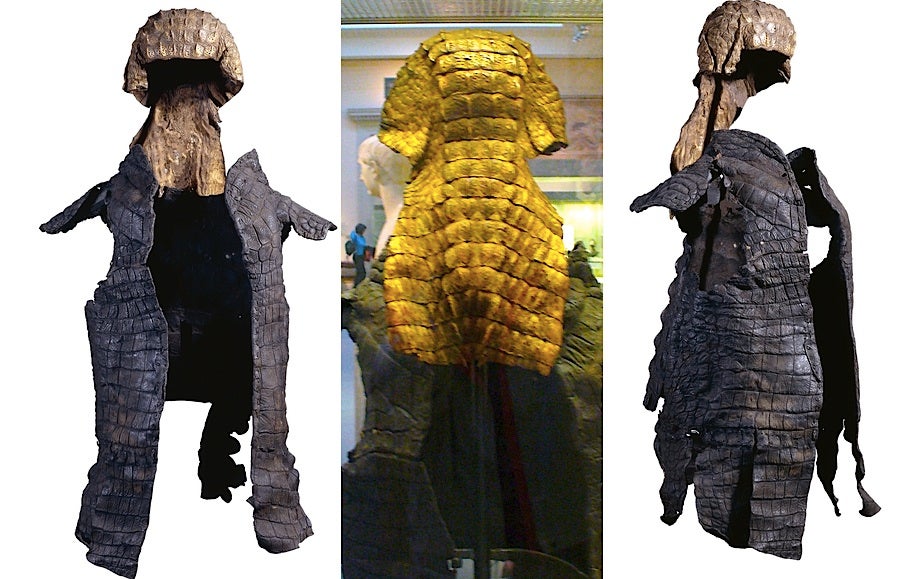D
Drakken
Guest
I don't know how common this misconception still is in this day and age, with the power of Google at our fingertips, but apparently there are still people that have very wrong preconceptions or notions about swords. Specifically, about how much they weighed. This also feeds into how people thought fighting back in ye olden days looked, but this thread won't be covering that. As such, this will be kept brief.
The Most Common Misconception of Swords:
Swords are super heavy and can weigh up to 15-40 pounds!
Swords mostly weighed 2 to 3 pounds.
One last minor point: Yes, armor was fairly heavy and could weigh 40 pounds, but the point people seem to miss is that the weight is evenly distributed across the body. As a result, no particular body part is overburdened, and does not encumber your movements at all. A guy in full-plate can do cartwheels. Have fun imagining that! Or better yet, here's a video!
It's true there were times where warriors in history went into fights, without armor, like the Gauls [supposedly] sometimes did against the Romans (although the only accounts we have on this are from Romans, so take that with a grain of salt). You'll also notice they lost.
(I think this is about it... I may edit or add to this as time goes on)
The Most Common Misconception of Swords:
Swords are super heavy and can weigh up to 15-40 pounds!
This is the one I see the absolute most, and by far the most heinously wrong. People seem to forget that warriors/soldiers back then weren't actually that different from our soldiers today. They had the same concerns for practicality that we do today, with the flashy, impractical weapons and armor usually reserved for officers. So why, then, would anyone carry a 40 pound hunk of metal into a close-quarters fight, something that would wear down even the most fit of men very quickly? Heck, even 15 pounds would wipe a soldier out in very little time. If swords really weighed this much, no one would use them, because they'd be useless!
In Reality:Swords mostly weighed 2 to 3 pounds.
That's right! Swords, even the big two-handers like bastard swords and Zweihanders rarely weighed more than 4 pounds. Swords were light and fast weapons that could move fast as lightning if need be. Only ceremonial swords weighed more than is practical, and those never saw actual use in combat. To see actual swords in use, and the fighting styles often used, go check out the videos in this thread: https://www.iwakuroleplay.com/threads/visualizing-combat.18142/
You can also look up videos on YouTube. If you're interested, I recommend checking out 'Reclaiming the Blade,' a documentary about sword combat.
That said! If you are playing in an RP or a story where characters are super strong, then feel free to ignore this point, or even take advantage of it! Imagine how lethal combat would be if the combatants were swinging around huge swords that could serve as shields unto themselves, weapons that would render most armor completely useless.You can also look up videos on YouTube. If you're interested, I recommend checking out 'Reclaiming the Blade,' a documentary about sword combat.
One last minor point: Yes, armor was fairly heavy and could weigh 40 pounds, but the point people seem to miss is that the weight is evenly distributed across the body. As a result, no particular body part is overburdened, and does not encumber your movements at all. A guy in full-plate can do cartwheels. Have fun imagining that! Or better yet, here's a video!
It's true there were times where warriors in history went into fights, without armor, like the Gauls [supposedly] sometimes did against the Romans (although the only accounts we have on this are from Romans, so take that with a grain of salt). You'll also notice they lost.
(I think this is about it... I may edit or add to this as time goes on)






